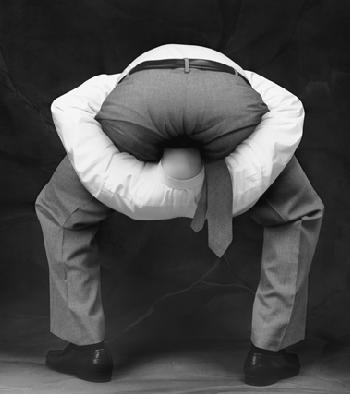In May 2009, I purchased a Dodge Ram 2500 (i6 6.7L Turbo Diesel). My purpose for purchasing this truck was two-fold: 1) to haul my ATV without the use of a trailer and 2) so we could eventually sell our 31" Ford Chassis (V10) motor home and replace it with a huge 5th wheel trailer.
The truck now has 48,000 miles on it and is suffering from DPF (Diesel Particulate Filter) and Turbo soot-clogging. This issue occurs because to meet EPA emissions requirements, Diesel engine manufacturers (in the case, Cummins) pump exhaust (with soot, etc) back into the engine and turbo charger via the EGR (Exhaust Gas Recirculator). Supposedly, if you drive the truck hard and tow often, and in conjuction with the exhaust brake, you can purge this soot from the turbo.
Often however, folks find themselves stuck in traffic or unable to keep their vehicle above 2000 RPM's, so the soot starts to accumulate on the fins of the turbo charger, causing it to malfunction. In addition, once that occurs, soot starts to also begin to full the DPF.
Normally, the truck goes into what's called "Regeneration Mode". In this mode, the truck will (about every 200 miles) force Diesel fuel into the exhaust system and increase exhaust temperatures to +1200F, turning the soot into ash and expelling it through the tail pipe.
When the turbo clogs, however - the truck stops REGEN mode, thereby hastening the clogging of the DPF.
I have found myself in a situation where the Turbo, DPF and ECM (electronic control module -aka- main car computer) are all screwed up.
Fortunately, Dodge and Cummins offer a 5year/100,000 mile warranty on these items and have plans in place to either clean (difficult to do) or replace all the effected components.
On Wednesday (my birthday) the 29th of July, I dropped my truck off at Ken Garff Dodge (in West Valley City) to effect these repairs.
While I understand the absolute necessity of maintaining tight emissions standards, what I don't understand is the EPA's rationale. For my truck to blow less (almost no) smoke and release virtually no particulates, it must burn considerably more Diesel fuel and have more maintenance related issues. Does this make sense?

The truck now has 48,000 miles on it and is suffering from DPF (Diesel Particulate Filter) and Turbo soot-clogging. This issue occurs because to meet EPA emissions requirements, Diesel engine manufacturers (in the case, Cummins) pump exhaust (with soot, etc) back into the engine and turbo charger via the EGR (Exhaust Gas Recirculator). Supposedly, if you drive the truck hard and tow often, and in conjuction with the exhaust brake, you can purge this soot from the turbo.
Often however, folks find themselves stuck in traffic or unable to keep their vehicle above 2000 RPM's, so the soot starts to accumulate on the fins of the turbo charger, causing it to malfunction. In addition, once that occurs, soot starts to also begin to full the DPF.
Normally, the truck goes into what's called "Regeneration Mode". In this mode, the truck will (about every 200 miles) force Diesel fuel into the exhaust system and increase exhaust temperatures to +1200F, turning the soot into ash and expelling it through the tail pipe.
When the turbo clogs, however - the truck stops REGEN mode, thereby hastening the clogging of the DPF.
I have found myself in a situation where the Turbo, DPF and ECM (electronic control module -aka- main car computer) are all screwed up.
Fortunately, Dodge and Cummins offer a 5year/100,000 mile warranty on these items and have plans in place to either clean (difficult to do) or replace all the effected components.
On Wednesday (my birthday) the 29th of July, I dropped my truck off at Ken Garff Dodge (in West Valley City) to effect these repairs.
While I understand the absolute necessity of maintaining tight emissions standards, what I don't understand is the EPA's rationale. For my truck to blow less (almost no) smoke and release virtually no particulates, it must burn considerably more Diesel fuel and have more maintenance related issues. Does this make sense?











Leave a comment